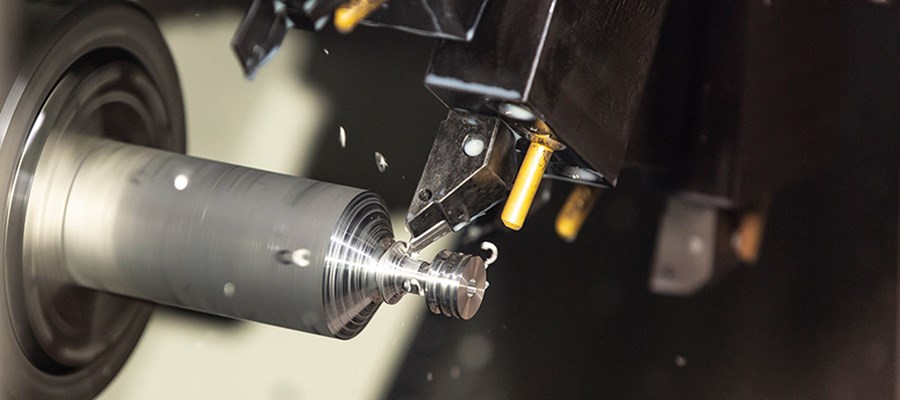
(1) Use cemented carbide tools as much as possible. Tungsten-cobalt cemented carbide has the characteristics of high strength and good thermal conductivity, and it is not easy to chemically react with titanium at high temperature, so it is suitable for processing titanium alloys.
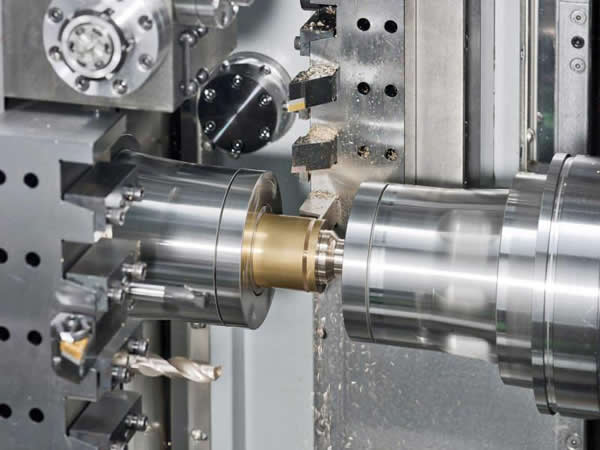
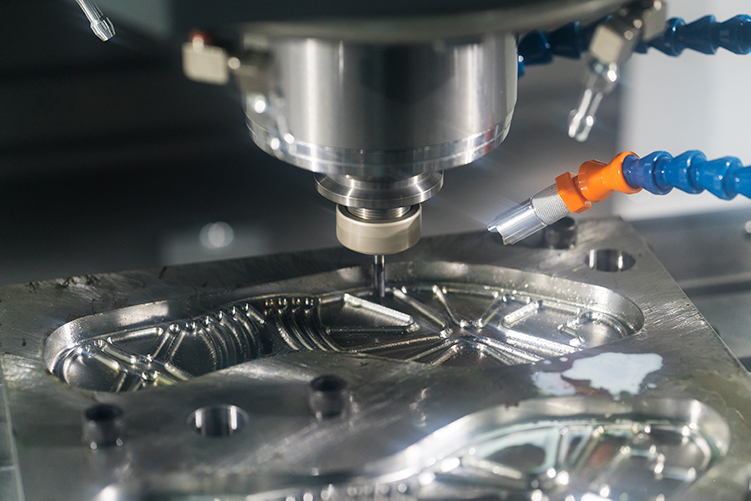
(2) Reasonable selection of tool geometric parameters. In order to reduce the cutting temperature and reduce the sticking phenomenon of the tool, the rake angle of the tool can be appropriately reduced, and the heat dissipation can be dissipated by increasing the contact area between the chip and the rake face; at the same time, the relief angle of the tool can be increased to reduce the rebound of the machined surface and the tool flank. The tool sticks and the precision of the machined surface is reduced due to the frictional contact between the surfaces; the tool tip should adopt a circular arc transition to enhance the tool strength. When machining titanium alloys, it is necessary to grind the tool frequently to ensure that the blade shape is sharp and the chip removal is smooth.
(3) Appropriate cutting parameters. To determine cutting parameters, please refer to the following scheme: low cutting speed - high cutting speed will lead to a sharp increase in cutting temperature; moderate feed - large feed will lead to high cutting temperature, and small feed will cause the cutting edge to increase In the hardened layer, the cutting time is long and the wear is accelerated; the larger cutting depth - the cutting of the hardened layer of the tool tip over the surface of the titanium alloy can improve the tool life.
(4) The flow and pressure of the cutting fluid should be large during machining, and the machining area should be fully and continuously cooled to reduce the cutting temperature.
(5) The selection of machine tools must always pay attention to improving stability to avoid vibration trends. Vibration can result in chipping of the blade and damage to the blade. At the same time, the rigidity of the process system for machining titanium alloys is better to ensure that a large depth of cut is used during cutting. However, the rebound of titanium alloys is large, and the large clamping force will aggravate the deformation of the workpiece. Therefore, auxiliary supports such as assembling fixtures can be considered for finishing. Meet the rigidity requirements of the process system.
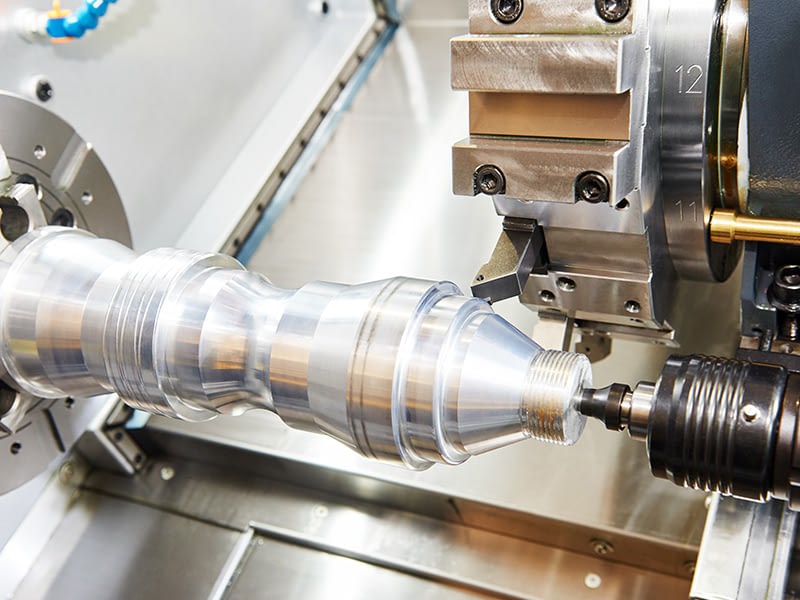
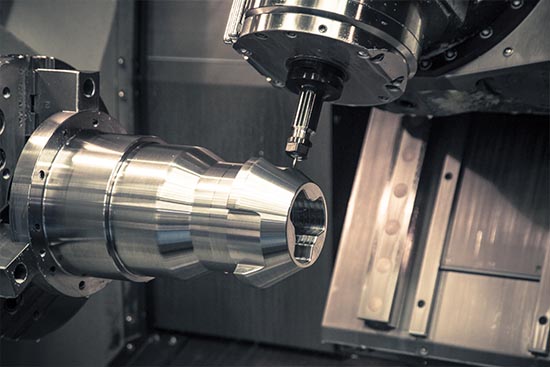
(6) The milling method generally adopts down milling. The chip sticking and chipping of the milling cutter caused by up milling in titanium alloy machining is much more serious than that of the milling cutter caused by down milling.
Post time: Feb-14-2022
